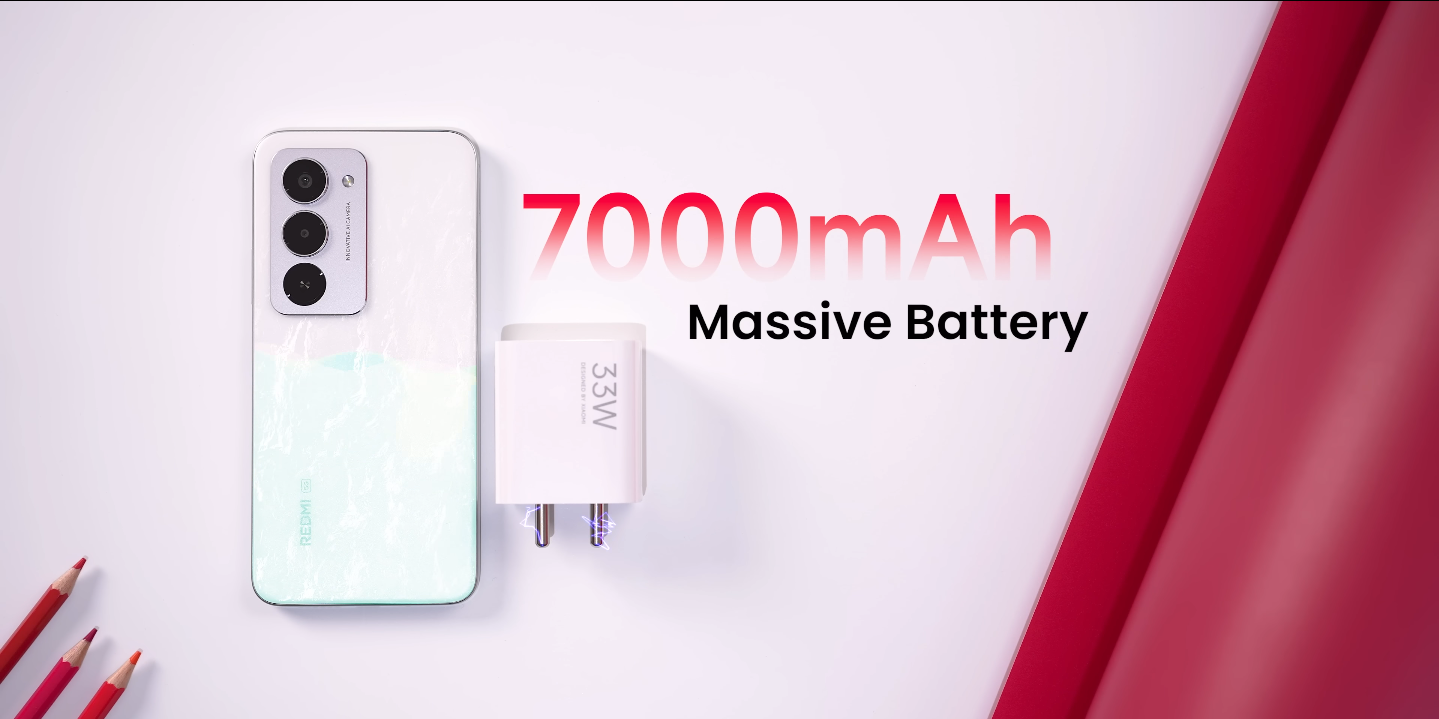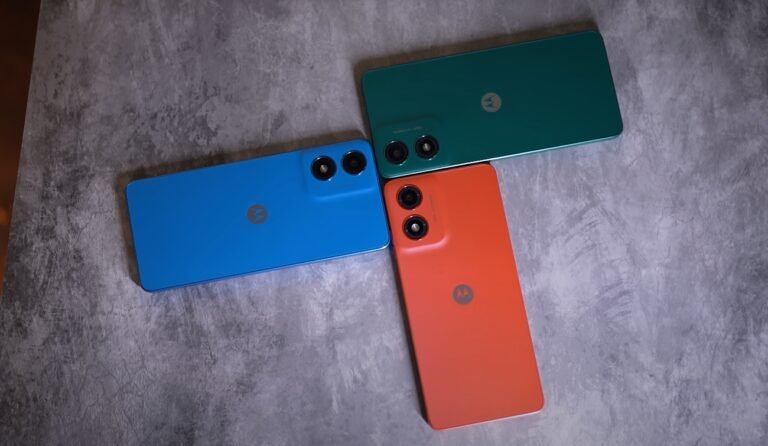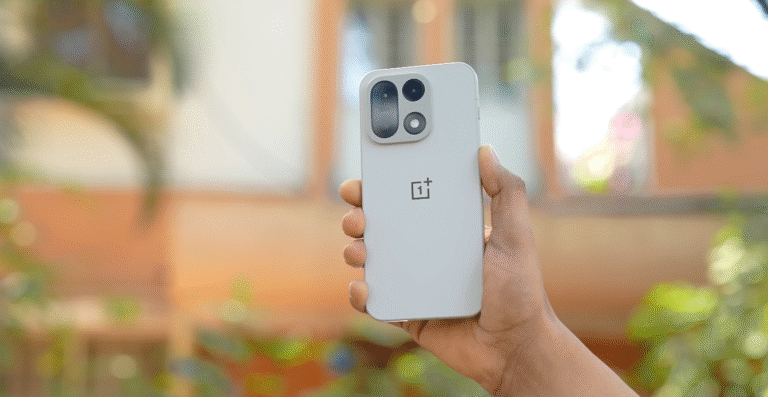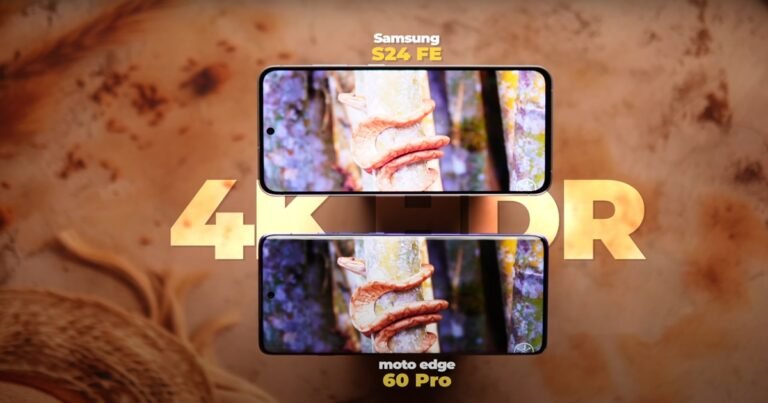Redmi 15 vs Samsung M-series: value vs brand – choosing wisely

Finding the right balance between price and reliability
The Redmi 15 and Samsung’s M-series both target budget-conscious smartphone buyers, but they take very different routes to win them over. Xiaomi focuses on offering the most hardware for the lowest cost, while Samsung leverages its long-standing reputation and after-sales support. For UK consumers, deciding between the two often comes down to whether you value raw specifications or brand assurance more.
The Redmi 15’s main selling point is its incredible value for money. It features a massive 7,000 mAh battery, a 6.9-inch 144Hz display, and a sleek design that looks more premium than its price suggests. For around £159, it delivers specifications usually seen in higher brackets. Xiaomi has packed it with performance and endurance to appeal to users who want long battery life, smooth visuals, and reliable everyday performance.
In contrast, Samsung’s M-series — particularly models like the Galaxy M14 and M34 — focuses on consistency and user trust. These phones often come with slightly smaller batteries but offer superior display calibration, better camera tuning, and a proven update policy. While the Redmi 15 excels in size and stamina, Samsung’s M-series offers a more refined experience overall, reflecting its years of optimisation and brand reliability.

On the performance front, the Redmi 15 uses the Snapdragon 685 processor in its UK model, paired with up to 8GB of RAM and 256GB of storage. It’s a capable chip for daily tasks, social media, and light gaming, though not designed for heavy workloads. Samsung’s M-series typically runs on Exynos or mid-range Snapdragon processors that provide slightly better efficiency and software integration, giving smoother multitasking over time.
When it comes to camera systems, both brands aim for versatility but with different strengths. The Redmi 15’s 50MP main sensor produces bright, sharp images in daylight but can struggle in low light due to limited image stabilisation. Samsung’s M-series cameras, on the other hand, benefit from better image processing, producing more natural tones and improved night shots. For users who take photos regularly, Samsung’s tuning gives it a noticeable edge in consistency and realism.
Battery life is where the Redmi 15 truly dominates. Its 7,000 mAh cell easily lasts up to two days of mixed use, while most Samsung M-series phones typically offer 6,000 mAh or smaller batteries. The Redmi’s 33W fast charging also means shorter downtime, making it ideal for users who travel or use their phone heavily throughout the day. Samsung’s charging speeds are slightly slower, though its battery optimisation ensures steady performance even after prolonged use.
Software updates often make or break long-term value. Samsung is known for offering four years of security updates and up to three Android version upgrades on its M-series phones. Redmi 15, running Xiaomi’s HyperOS based on Android 14, promises two major Android updates and four years of security patches. While Xiaomi has improved its update policy, Samsung still leads in long-term reliability, especially for users planning to keep their phone for several years.
Design and build quality also reflect the two brands’ philosophies. The Redmi 15 sports bold colour options like Sandy Purple and Titan Grey, with a matte back and modern finish. Samsung’s M-series opts for understated looks with more conservative shades but better durability and water resistance ratings. If you prefer stylish, expressive designs, Redmi feels fresher. If you want something that lasts and fits professional settings, Samsung remains the safer pick.
Price is where Xiaomi wins decisively. The Redmi 15’s top variant with 8GB RAM and 256GB storage costs significantly less than most Samsung M-series equivalents. Buyers who want flagship-like endurance and a large display without overspending will find the Redmi 15 unbeatable for the cost. However, Samsung’s higher resale value and stronger brand trust balance that advantage for those who see their phone as a longer-term investment.
Ultimately, the right choice depends on your priorities. If you want raw performance, battery life, and features per pound, the Redmi 15 offers exceptional value that’s hard to match. But if software stability, camera quality, and proven brand support matter more, Samsung’s M-series holds the upper hand. For many UK buyers, the Redmi 15 represents a bold step into feature-packed affordability, while Samsung remains the dependable choice for long-term peace of mind.






